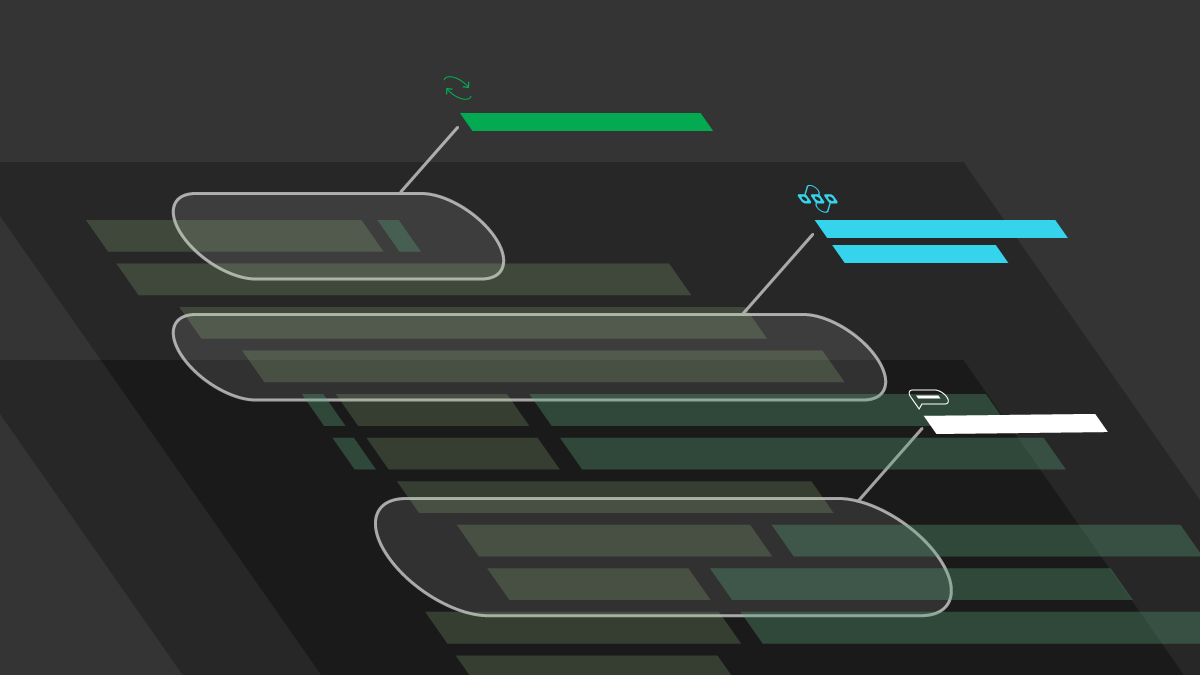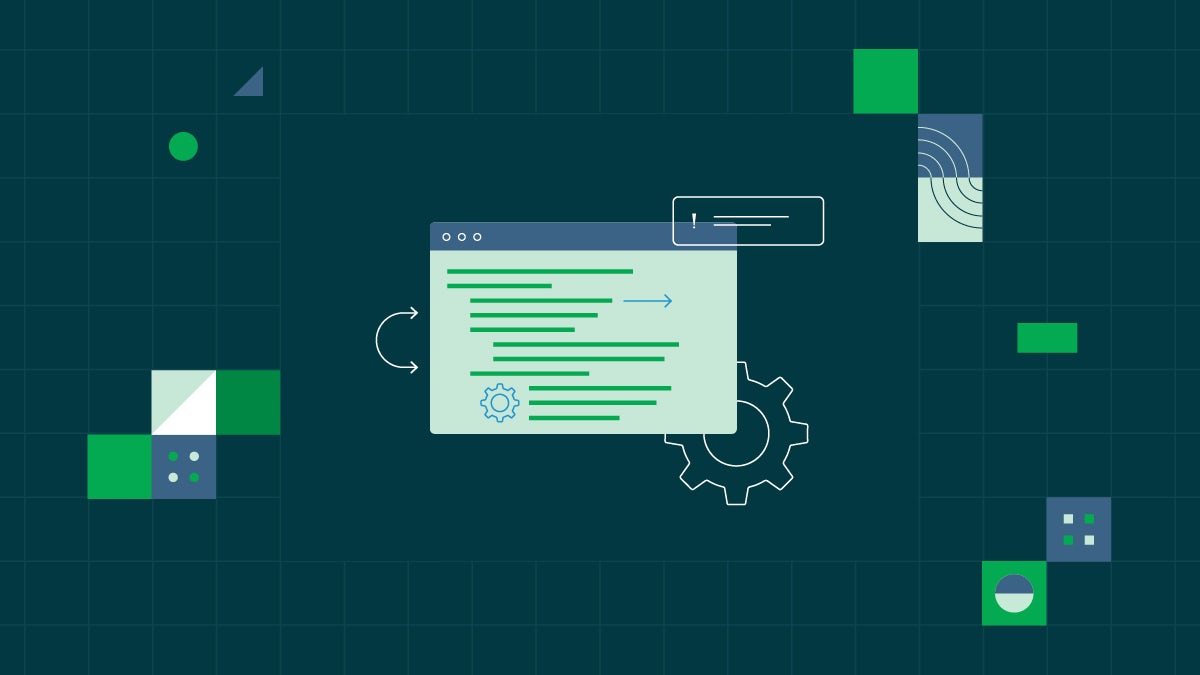To supervise the behavior of distributed applications and track the origin of service failures and downtime, developers often use traditional monitoring technologies and tools. However, this approach can fall short in its ability to measure the overall health of modern cloud-native architectures, which can span multiple hosting environments and encompass hundreds of microservices. Today, teams can employ both observability and monitoring to uncover issues in their application architecture and ensure their software is performing as expected.
But what exactly is the difference between these two approaches to understanding application health and performance? This article explores how observability and monitoring differ and how you can add them to your development workflow. It also explains how observability and monitoring fit into the software development process and how they can help improve your engineering team’s productivity.
To hear CircleCI CTO Rob Zuber talk with Lightstep CEO Ben Sigelman about how observability connects with delivering change with confidence, check out episode 10 of the Confident Commit podcast.
What is observability?
The concept of observability originated in the field of engineering, where it was used to describe the ability to understand the internal state of a system by studying its external outputs. More recently, developers have adopted the concept of observability to describe the ability capture and synthesize data from across a range of components to reach informed conclusions about the status of an application.
In other words, observability is a quality of an application that allows teams to supervise and reason about the health of the entire system. Facilitating observability is critical when designing distributed systems because it provides actionable insights into not just where failures occur, but also why and how.
Observability encompasses both the software components themselves and the data traveling between them. It helps build confidence in cloud-native applications by providing visibility into how software systems perform as a whole, not just as individual services or functions. To achieve this wholistic perspective, it relies on three types of telemetry data: logs (event records), metrics (performance data measured over time), and traces (information about the flow of data throughout the system).
Observability makes it possible to collect, store, and analyze enormous amounts of information from across network boundaries, giving developers a complete picture of what is happening within an environment — even when multiple technologies are involved.
What is monitoring?
Monitoring is a subset of observability that involves keeping track of important events and metrics so that anomalies, errors, and downtime are noticeable immediately. Metrics monitoring involves identifying specific criteria for success and measuring the performance of the application in relation to these goals. A typical example is queue depth, but metrics might include memory use, requests per second, active connections, flow, or errors. Metrics are beneficial for reporting a system’s health in aggregate, triggering alerts, and providing insights into how applications perform.
By monitoring events and metrics of running systems, developers can detect when these systems begin to deviate from normal behavior. Monitoring enables developers to catch problems quickly while these issues are still minor. It also helps teams understand how their systems work and what their limitations are. Finally, monitoring gives everyone who depends on a service or tool confidence that their service level agreement is fulfilled.
Having access to monitoring data can be powerful. For example, if a microservice is not behaving as expected, having visibility into its underlying metrics allows for a quick diagnosis of the problem. However, to properly address the underlying causes of the problem, which may originate outside of the affected service, teams often need to turn to observability tools.
The role of observability and monitoring in software development
Both observability and monitoring play an important role in maintaining resiliency in cloud-based applications. Monitoring encourages teams to think about which metrics or performance indicators are important to their users and to put systems in place to ensure the application is meeting those targets. At its simplest, this can involve outputting data about the state of a system to storage media such as standard output or a database. At its most complex, monitoring can incorporate entire frameworks dedicated to ensuring that systems stay up and running or optimizing metrics like latency or throughput.
While monitoring helps developers describe how the system should behave and identify when it deviates from expectations, observability allows them to detect risks that are not measured by the established metrics and that would be impossible to understand without additional context — often called unknown unknowns.
Observability incorporates the targeted performance measurements that monitoring provides with richer telemetry data that can reveal larger patterns and relationships between events. This enables faster troubleshooting, debugging, and tuning of distributed systems and multi-cloud environments by helping teams to get to the root cause of performance degradations quickly and effectively.
How to add observability and monitoring to a development workflow
Capturing telemetry data is critical in enabling businesses to gain the visibility they need when running a container-based microservices deployment or load balancer. Developers can use several data points from logs, metrics, and traces to add observability and monitoring to a production environment.
Many cloud providers offer built-in application and infrastructure monitoring tools. For example, Amazon CloudWatch, Google Cloud Monitoring, and Azure Monitor provide application and infrastructure monitoring for applications and services hosted on AWS, GCP, and Azure.
There are also a number of third-party tools that can help you add observability to your application. Centralized log management solutions like Graylog and the ELK stack (Elasticsearch, Logstash, and Kibana) can help teams organize log files and visualize important trends across multi-cloud deployments. Metrics capturing tools like Prometheus, Nagios, and Zabbix can aggregate and analyze application health data collected over time. Distributed tracing tools including Jaeger and Zipkin allow teams to track user requests across service boundaries.
Some platforms, including Datadog, Honeycomb, Sumo Logic, Lightstep, New Relic, and Splunk combine metrics, logs, and traces to provide all-in-one observability solution.
Choosing the observability and monitoring platform that fits your organization’s needs is essential. Monitoring software systems differ from one company to another.
Achieving complete observability is best if your company, system, and resources permit it. But monitoring is vital — especially if the first time a metric goes out of control is when something breaks. This situation can be quite challenging for companies investing in new technology like containers, microservices, and Kubernetes.
Conclusion
Monitoring is not a replacement for observability. It is an essential tool in the observability toolkit. When your company fully understands how monitoring works, how to craft alerts using the data collected, and when to alert on process behavior versus application behavior, your development team is well positioned to deliver new features, observe the health and performance of your application, and remediate outages quickly and confidently.
To extend that sense of confidence to all stages of your development process, consider adopting a continuous integration and continuous delivery (CI/CD) solution. Automate your build, test, deploy, and release processes and rapidly diagnose and address bugs and vulnerabilities before they reach production. With CircleCI, you can integrate third-party monitoring tools to add observability to the earliest stages of your development process and gain actionable insights into your team’s performance. To get started, sign up for a free CircleCI account today.






